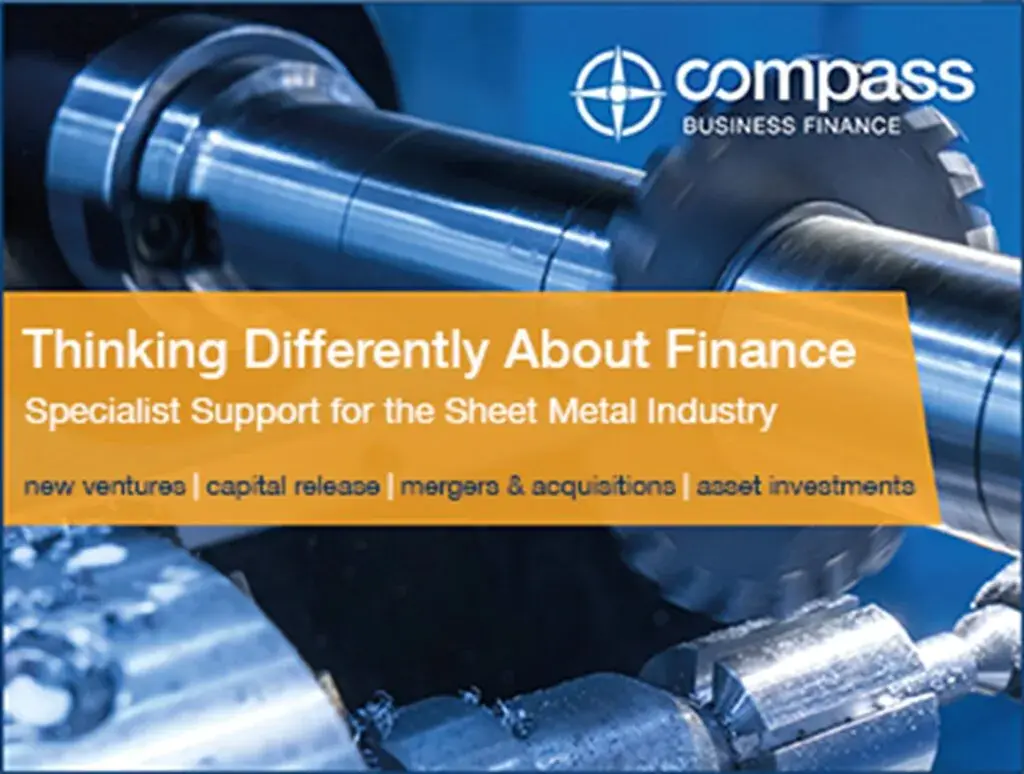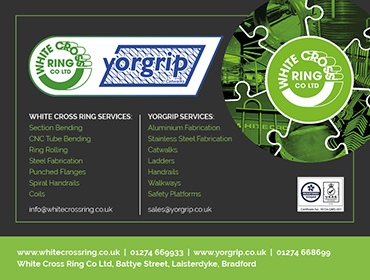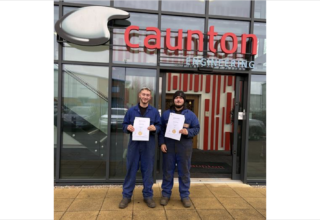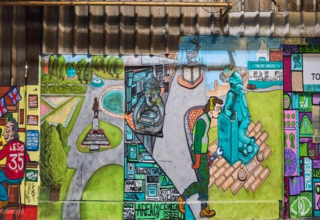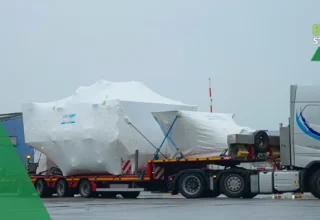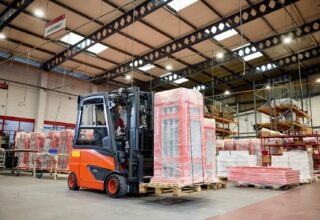
Schuler supplies turnkey lines for rotor and stator stacks with improved magnetic properties and improved efficiency
There are various methods for producing complete stacks of laminations for electric motors from electrical sheets: by stamping, gluing or with bonding varnish. For the first time, Schuler has now seamlessly integrated the so-called Backlack technology in complete, fully automated turnkey system with a high-speed press as well as stacking and baking stations. This includes all processes from unwinding the raw material to the finished rotor and stator stack which feature improved magnetic properties and therefore also an improved efficiency.
The production process always starts with stamping the electrical sheets. High-speed presses with progressive dies are used here for mass production. For electric car motors, sheets with a thickness of just 0.2 to 0.35 mm are increasingly being used to improve the efficiency. The coating of the electrical sheets reduces iron losses in the motor pack.
During the stamping process, small sections of the individual sheet metal are pressed onto the electrical steel sheet underneath in the die. This type of interlocking (“clinching”) holds the stack together. However, such a connection between the sheets impairs the magnetic properties of the motor as it damages the insulation of the sheets.
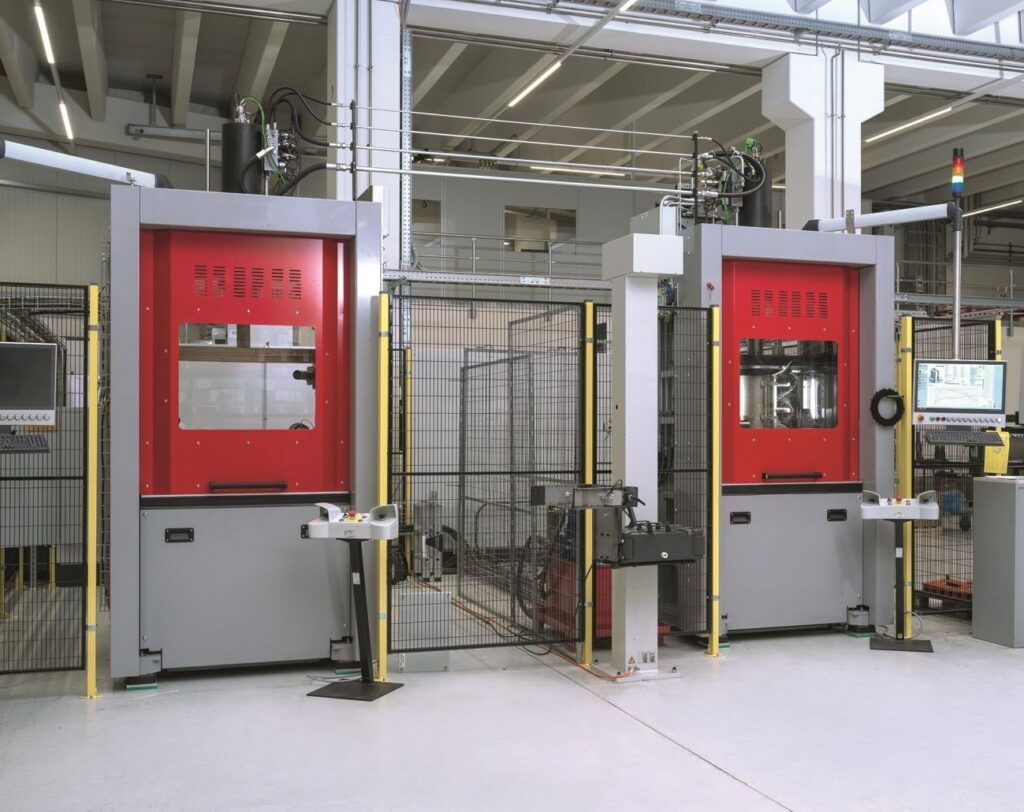
Alternatively, adhesive can be applied to the raw material before punching. The sheet stacks are then created by pressing the electrical sheets together. This leaves the insulation undamaged. However, applying adhesive inside the punching tool can lead to a lower output rate and is only effective in certain areas.
In the Backlack process, the electrical sheets are joined together to form a stack under pressure and high temperature in a baking station by the Swiss company SWD AG. This creates a full-surface bond, which reduces vibrations and noise later in the motor. Due to the denser layering of the sheets, cooling liquids can neither escape nor penetrate. The higher thermal conductivity of bonding varnish compared to air also proves to be an advantage for cooling. Of course, the sheets are also perfectly insulated from each other.
Schuler has embedded the separate work step in an overall solution: A fully automated system collects the electrical sheets underneath the progressive die, brings them in a controlled manner into the form of individual sheet stacks of the desired height and then safely transports them to the separate bonding varnish stations. Up to 80,000 rotor and stator stacks can be produced per year.
Schuler presents its latest solutions for forming technology from October 21 to 25 at the EuroBLECH trade fair in Hanover (Stand G82 in Hall 27).



